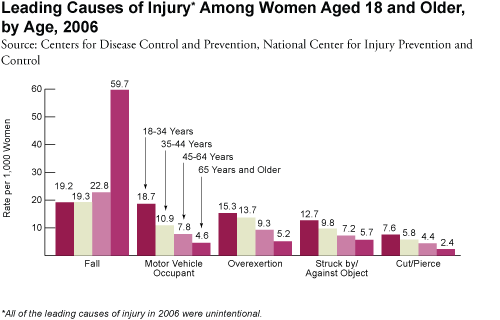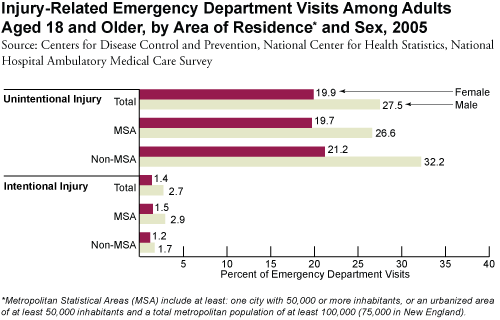The feminist-driven “domestic violence industry” is part of an ever-expanding, tax-funded “bureaucracy of compassion” with its attendant caregivers, social workers, regulators, intellectuals and social scientists.
Its use of the term “domestic violence” rather than the more gender-neutral “relationship violence” is based on the Marxist analysis of gender relations penned by Marx’s collaborator Friedrich Engels which presupposes a male 'oppressor' ("Within the family, man is the bourgeoisie, woman and children the proletariat") and a female ‘victim.’
Feminists with a strong emotional investment in the presumption of an oppressive patriarchy base their assessment of men as “the violent sex” on police, court, hospital and refuge data while waving away numerous academic studies implicating both sexes equally in relationship violence. These seriously troubled sisters will cite police blotter statistics and other official data to falsely conclude that relationship violence is a male problem ("That’s just part of how 'they' treat 'us' as women").
There are a number of compelling reasons why a man might be reluctant to complain to authorities that his wife assaulted him. These include fear of ridicule or being disbelieved; threats that if police are called his wife will level a counter-accusation and he'll be the one arrested by an establishment predisposed to take her part; a reluctance to walk out of the home that he probably paid for; the likelihood that access to his children will be denied by a gender-biased Family Court should he leave to escape the violence; and fears for the children's physical safety if he's no longer around to protect them from a violent mother.
One of the saddest accounts of male victimisation by a violent female was that of an army drill sergeant in the United States, who placed his gun in his mouth at the dinner table and blew his brains out in front of his family, after the contrast between his macho parade ground persona and the reality of his miserable existence became too much to bear.
New Zealand has a network of Women’s Refuges but not a single Man’s Refuge. And if a man did show up at a Women’s Refuge seeking relief from a violent female partner, do you think he’d be admitted? Like police blotter statistics, “refuge data” clearly have significant limitations in terms of providing an accurate picture of relationship violence in our community.
US researcher, Dr Martin Fiebert has examined 155 scholarly investigations, 126 empirical studies and 29 reviews and/or analyses in concluding that women are as physically aggressive, or more aggressive, than men in their relationships with their spouses or male partners. The aggregate sample size in the reviewed studies exceeds 116,000 and can safely be regarded as statistically robust. Fiebert’s annotated bibliography, first published in Sexuality and Culture Volume 8, Number 3-4, Summer-Fall 2004, can be viewed online at http://www.csulb.edu/~
Contrary to the demonstrably false feminist picture of relationship violence, men and women are implicated in relationship violence in approximately equal numbers at all levels of severity as assessed by a standardised "Conflict Tactics Scale.” Both sexes are more or less equally represented in every category from throwing a teaspoon all the way up to murder. In some categories (e.g. punched, kicked, hit or slapped one's partner), female involvement slightly outstripped that of males.
Approximately one third of violent incidents were found to be "he assaults her," one third "she assaults him," and one third "they assault each other.” Most of what is categorised as "relationship violence" was found to be occasional, low level, and didn't result in serious injury, i.e. shoving, pulling, slapping, throwing small objects etc.
The most violent individuals, whether male or female, represent a tiny minority of those studied. Severely violent men typically used their fists and feet on spouses or partners. Severely violent women characteristically used weapons to even up the size difference or attacked spouses or partners when they were asleep or otherwise off-guard.
British family care activist, Erin Pizzey, who set up the first Women's Refuge in England in 1971, had a well-publicised falling out with the Sisterhood after she wrote a book claiming that many women presenting at her Chiswick Women's Refuge were "at least as violent as the men they had left behind" and self-admittedly addicted to the adrenalin rush they got from provoking violent reactions in their male partners, though few enjoyed the violence itself. These women were repeatedly and often seriously verbally and physically violent both to their own children and to other women in the shelter.









